Polyethylene packaging has become an essential component of modern hygiene practices. Its unique properties and versatility make it an ideal choice for protecting products from contamination and ensuring safety. This article will delve into the reasons why polyethylene packaging is a superior choice for hygiene protection, exploring its benefits and applications in detail.
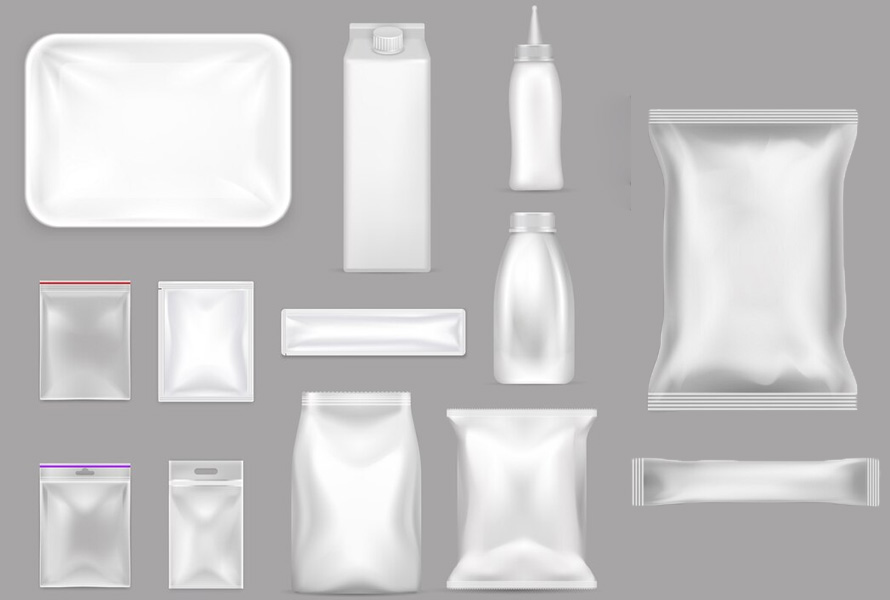
Polyethylene packaging has become an essential component of modern hygiene practices.
1. Overview Of PE Plastic And Its Applications
1.1. What is PE Plastic?
Polyethylene (PE) is one of the most widely used plastics in the world due to its versatility, durability, and cost-effectiveness. It is a thermoplastic polymer made from repeating units of ethylene.
Due to being a thermoplastic polymer, meaning it becomes moldable at high temperatures and solidifies when cooled.
Read more:
PE plastic - Everything you need to know
1.2. Properties of PE
PE is a versatile plastic with a range of properties that make it suitable for numerous industrial applications.
Lightweight: PE is among the lightest plastics, which makes it a preferred material for packaging, reducing shipping costs and making transportation easier.
- Durable: Polyethylene is well-known for its durability and resistance to impact. Its toughness ensures that it maintains integrity even in harsh conditions
- Chemical Resistance: PE’s resistance to most chemicals, including acids and bases, makes it a reliable material for storing hazardous substances.
- Flexibility: Polyethylene can be made flexible or rigid, depending on the specific type of PE used. For example, LDPE offers high flexibility, while HDPE is stiffer, giving manufacturers a wide range of design options.
- Good Electrical Insulator: PE provides excellent electrical insulation, which is why it's frequently used in electrical wiring and cable insulation.
1.3. Applications of PE
These above properties make PE a versatile material in many different industries.
- Packaging: Used in a wide variety of polyethylene packaging applications, including plastic bags, bottles, containers, and films. Its lightweight nature and flexibility make it ideal for protecting products while reducing transportation costs, and its durability ensures long shelf life.
- Pipes and Tubing: Due to its resistance to corrosion, PE is widely used in pipes and tubing for water, gas, and other utilities.
- Consumer Goods: PE is a key material in many consumer products like toys, furniture, and household items. Its durability and non-reactive nature ensure that these products are long-lasting, safe for everyday use
- Industrial Applications: In industries like automotive, electronics, and construction, PE is used to create components such as car parts, electrical insulators, and building materials.
1.4. Types of PE Plastic
There are different types of PE, with High-Density Polyethylene (HDPE) and Low-Density Polyethylene (LDPE) being the most common. These variations are distinguished by their molecular structure and density, which affect their strength, flexibility, and use cases.
- HDPE: Known for its rigidness and strength. It’s also resistant to impact, moisture, and chemicals, which makes it suitable for industrial use as well as in packaging, construction materials, and consumer goods. HDPE is ideal for applications such as pipes, containers, and heavy-duty plastic bags.
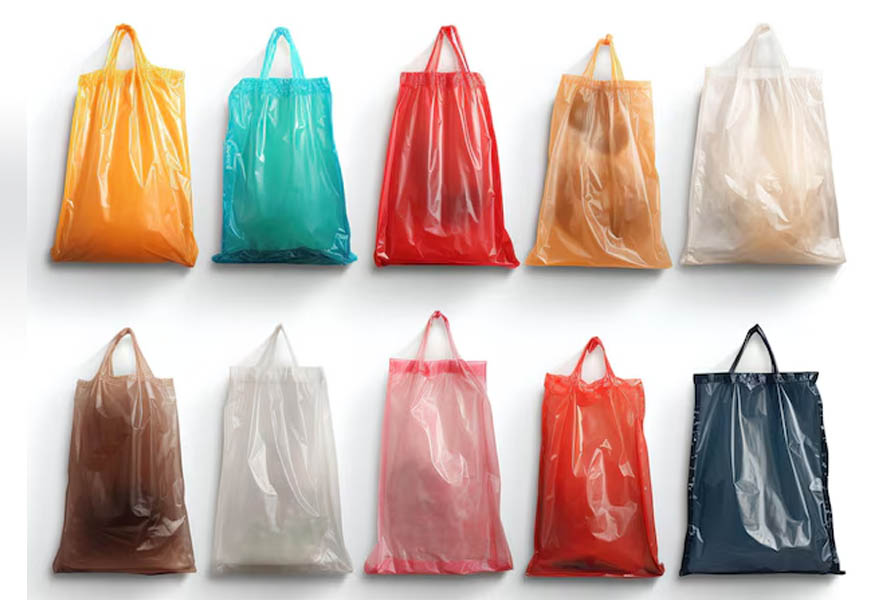
HDPE is ideal for applications such as pipes, containers, and heavy-duty plastic bags
Read more: HDPE (High density polyethylene) - What is it? Properties & common uses
- LDPE: Flexible, tough, and has good impact resistance. LDPE is softer and more flexible than HDPE. It is often used in film applications such as plastic bags, stretch wraps, and coatings for paper and cardboard. LDPE is also highly resistant to moisture and chemicals but lacks the rigidity of HDPE, making it more suitable for applications requiring flexibility.
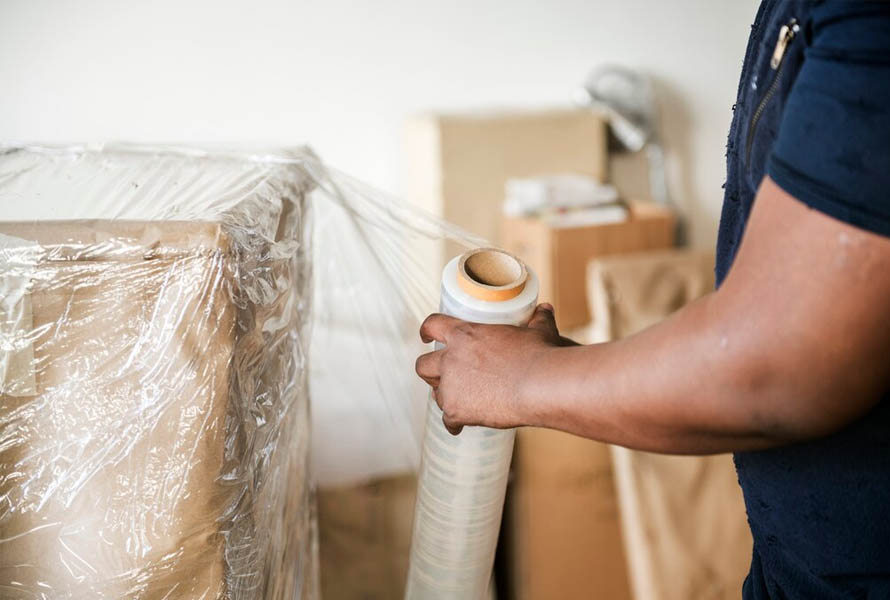
LDPE is often used in film applications such as plastic bags, stretch wraps, and coatings for paper and cardboard
Read more: What is LDPE (Low density polyethylene)? Properties & applications
- LLDPE (Linear low-density polyethylene): Similar to LDPE but with improved impact resistance and tear strength. It is primarily used in film applications, such as stretch wraps and plastic bags, due to its ability to withstand high tensile stress and puncture resistance. LLDPE’s versatility also extends to various industrial products like tubing, and wire insulation.
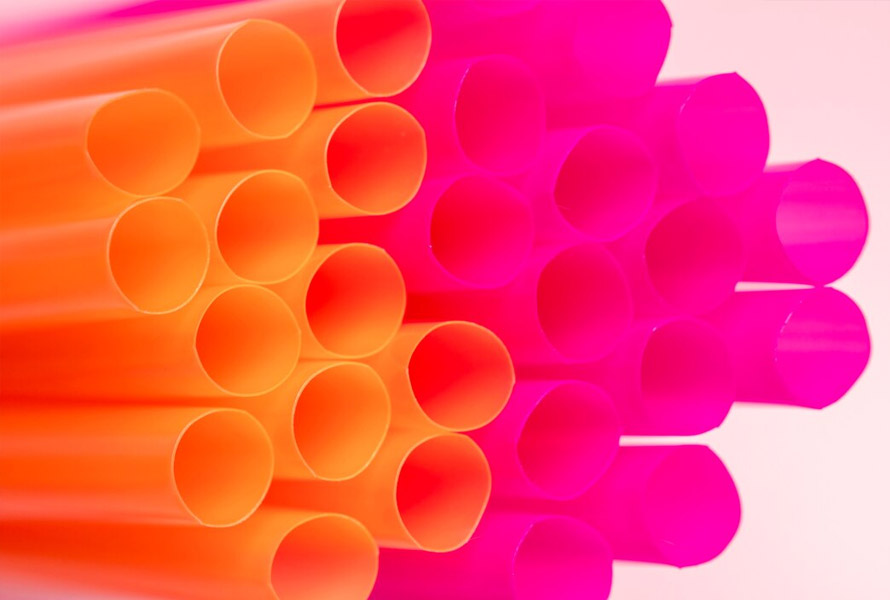
LLDPE is primarily used in film applications, tubing, and wire insulation, etc
- VLDPE (Very low-density polyethylene): More flexible than other polyethylene types due to its very low-density range. Its unique structure provides excellent impact resistance, flexibility, and stress-crack resistance, making it ideal for applications such as stretch films, plastic films, bubble wrap, flexible tubing, and packaging materials.
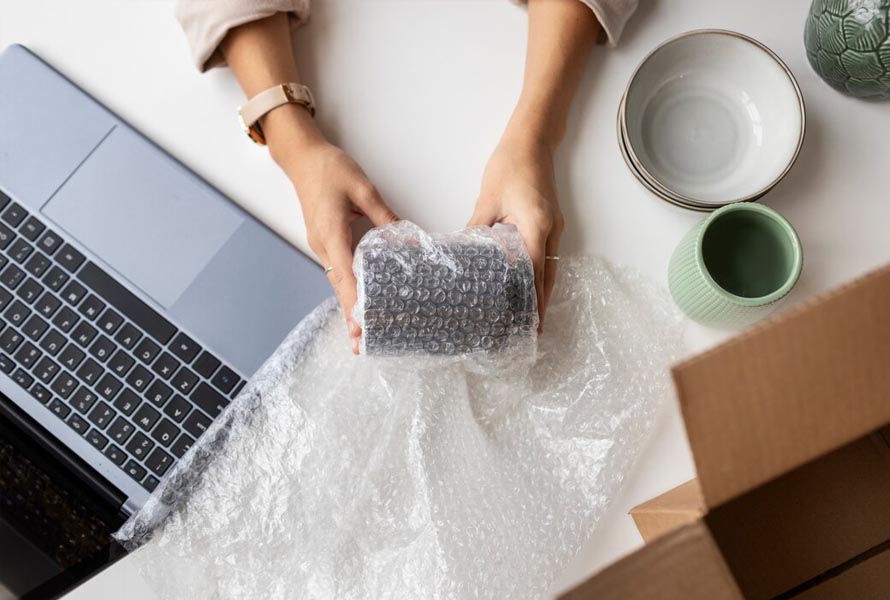
VLDPE's flexibility, impact resistance, and stress-crack resistance make it ideal for stretch films, plastic films, bubble wrap, flexible tubing, and packaging materials.
Read more: Compare HDPE, MDPE, LDPE, and LLDPE masterbatch
1.5. Recycling
PE is one of the most widely recycled plastics. It can be recycled multiple times without degrading its properties.
2. Why Polyethylene Packaging Is Chosen For Hygiene Protection?
Polyethylene packaging is widely used for hygiene protection due to its numerous advantages:
2.1. Moisture Stays Out, Freshness Stays In, Ensures Safety and Cleanliness
Polyethylene provides an effective barrier against contaminants such as moisture, dust, and bacteria. This creates a crucial shield, keeping moisture or bacteria from infiltrating the packaging and potentially compromising the product's quality or freshness. This is particularly important for hygiene-sensitive items like food and pharmaceuticals.
2.2. The Hygienic Choice for Personal Care and Beauty
Polyethylene packaging is also a popular choice in the personal care and beauty industries due to its key attributes. It is impact-resistant and portable, effectively preserving the integrity of chemicals and cosmetics. This type of packaging facilitates easy storage for products like lotions and liquids, which can be challenging to manage.
Consumers prefer polyethylene containers because they are reusable, resealable, and allow for convenient dispensing. Additionally, polyethylene boasts strong barrier properties, resisting solvents and chemicals while remaining durable and malleable. As a result, it is widely used for bottles, pouches, and containers, ensuring product safety from production to consumer use.
2.3. Chemical Resistance - A Shield Against Contamination
Polyethylene acts as a formidable barrier against a wide range of chemicals, including oils, solvents, and acids. This safeguarding effect protects the product inside from external contamination and potential degradation, ensuring a higher level of hygiene and safety.
2.4. Versatility: Adapting to Diverse Hygiene Needs
Polyethylene boasts remarkable versatility. It can be molded into various packaging formats, including bags, bottles, pouches, and films. This adaptability ensures that there's a perfect polyethylene packaging solution for almost any hygiene-related need.
2.5. Safety During Transit
When it comes to withstand the rigors of transportation and storage, polyethylene shines. Its inherent durability and strength ensure that packages maintain their integrity, preventing damage and safeguarding the hygiene of the contained products.
2.6. Cost-Effectiveness: A Budget-Friendly Solution for Hygiene Needs
Polyethylene shines in terms of cost-effectiveness. This affordability allows manufacturers to deliver hygiene-conscious packaging solutions without breaking the bank.
2.7. Recyclability: A Sustainable Choice for a Cleaner Future
As one of the most widely recycled plastics, polyethylene embodies a sustainable approach to packaging. Its recyclability allows for multiple life cycles, minimizing waste and contributing to a more responsible environmental impact.
3. Conclusion
To sum up, polyethylene packaging is a reliable and effective solution, a superior option for hygiene protection and protecting products. Its moisture barrier properties, chemical resistance, durability, and versatility ensure that products remain safe and fresh. This packaging solution's lightweight and portable characteristics further enhance its appeal, making it easy for consumers to handle. As industries prioritize health and safety, the reliance on polyethylene packaging is expected to grow, solidifying its role as a fundamental component in maintaining hygiene standards.
4. About EuroPlas
EuroPlas is a leading manufacturer specializing in innovative polyethylene packaging solutions. With a strong commitment to quality and sustainability, EuroPlas has established itself as a trusted name in the plastic industry, providing high-performance products that meet the evolving needs of various sectors, including food, cosmetics, and consumer goods.
One of the standout offerings from EuroPlas is its PE Filler Masterbatch, designed to enhance the properties of polyethylene packaging. This product not only improves the quality of the packaging materials but also reduces production costs. By incorporating calcium carbonate into the polyethylene matrix, the PE Filler Masterbatch significantly increases the stiffness and impact resistance of the final products, making them more durable and reliable during transportation and storage.
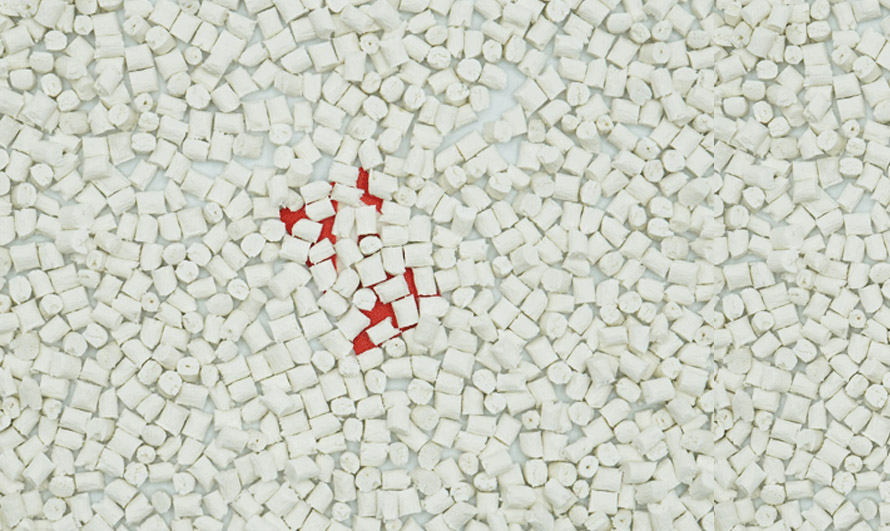
EuroPlas is a leading manufacturer specializing in innovative polyethylene packaging solutions.
The polyethylene packaging solutions provided by EuroPlas are renowned for their versatility. They are used in various applications, from flexible packaging films and bags to rigid containers, ensuring that businesses can find the right packaging for their specific requirements.
By prioritizing innovation, quality, and environmental consciousness, EuroPlas has established itself as a leading force in the Vietnamese PE packaging industry. If you're looking for reliable and cost-effective PE packaging solutions, EuroPlas is a choice worth exploring. Contact us now!